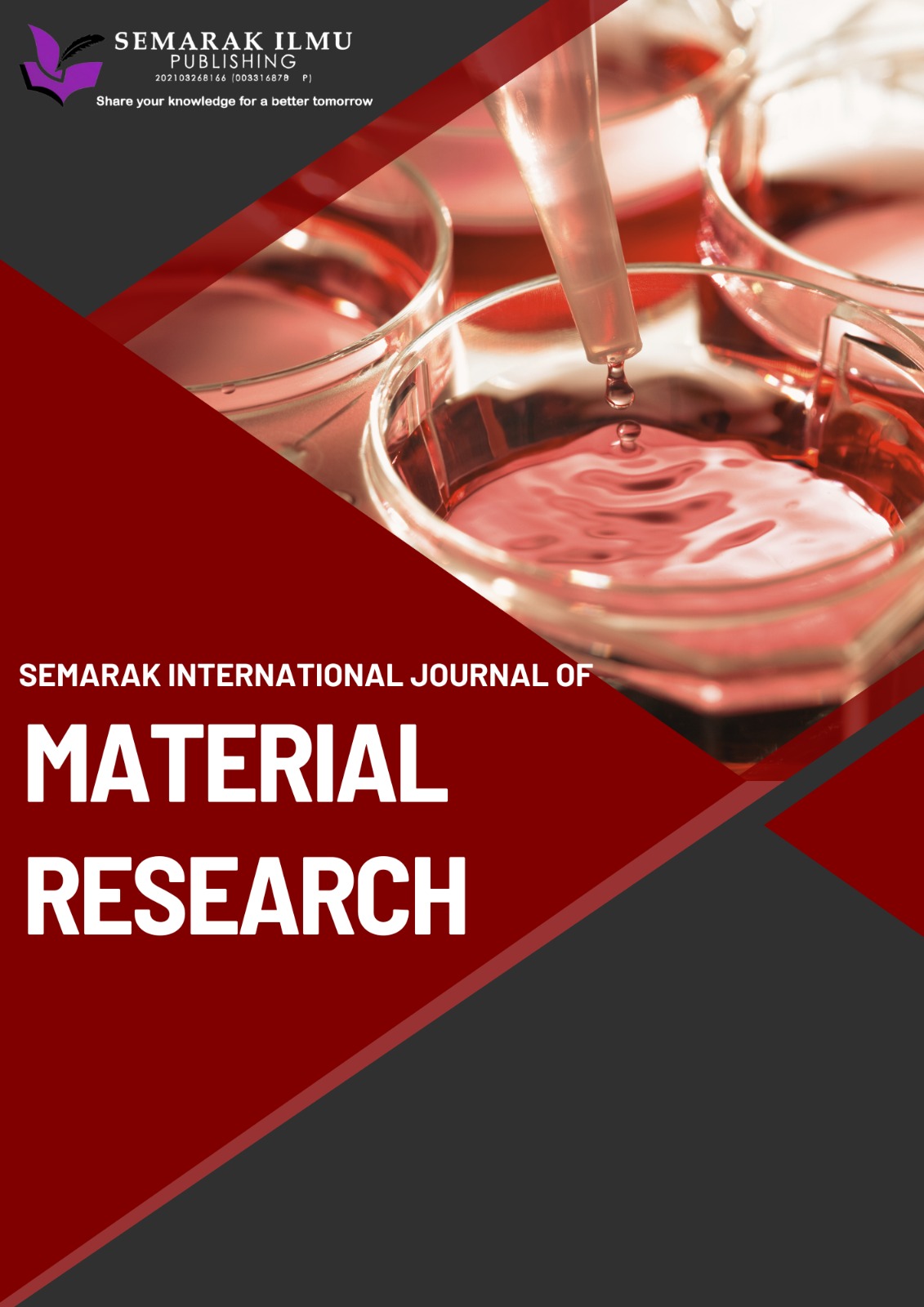Preparation of Fiber-Reinforced Composite using Sugarcane Bagasse Fiber: A Possible Substitute of Plywood Used for Furniture Making
DOI:
https://doi.org/10.37934/sijmr.2.1.7785Keywords:
Green composite technology, three-point bending test, Environment, Sugarcane waste, Bagasse fiberAbstract
This paper introduces the design and analysis of the mechanical properties of composite textile compounds (bagasse fiber). Fiber-reinforced compounds (FRC) are known for their strength and lightweight structures that make them suitable for many industrial applications. Sugar is called sugar in Pakistan, and it is widely available after processing and extracting sugarcane juice. The sugar waste in useful products has great potential for many uses. In this study, Bagasse fiber has been used in a single fiber form combined with epoxy for additives. The base of the fabric made of this material can replace plywood and leather board. Furniture is usually made of wood or wood veneer, such as plywood or parquet. The development of integrated production technology helps to find the best binding location between the fiber and the matrix. The shape of the bagasse fiber indicates excellent flexibility or elasticity, and the same plywood samples of the same size and length are tested. This study looks at sugarcane bagasse fibres reinforced with epoxy resin for composite materials, which have higher bending strength and flexibility than plywood. The findings indicate that bagasse-based composites are a sustainable, high-performance, and cost-effective option for industrial applications.













